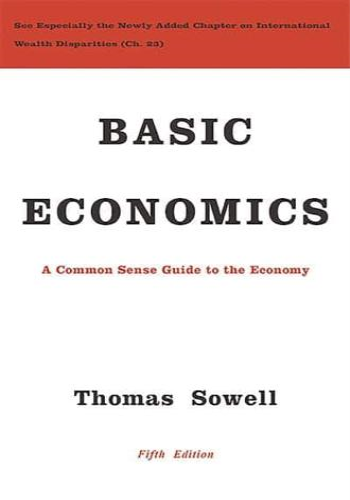Chapter 1: Scarcity and Choice
* Summary:
* Scarcity exists because human wants are unlimited, while resources to satisfy them are scarce.
* Individuals must make choices about how to allocate their scarce resources.
* The opportunity cost of a choice is the value of the next best alternative that was given up.
* Example: A student can choose to study for a test or go to a party. The opportunity cost of studying is the fun and socialization they would have at the party.
Chapter 2: Supply and Demand
* Summary:
* The law of supply states that the higher the price of a good or service, the greater the quantity that producers will supply.
* The law of demand states that the higher the price of a good or service, the lower the quantity that consumers will demand.
* Market equilibrium occurs when the quantity supplied equals the quantity demanded.
* Example: The price of gasoline increases. As a result, some producers increase their production of gasoline, while some consumers reduce their consumption. Eventually, a new equilibrium price and quantity are reached.
Chapter 3: Elasticity
* Summary:
* Elasticity measures the responsiveness of supply or demand to changes in price.
* Price elasticity of demand measures the percentage change in quantity demanded for a 1% change in price.
* Price elasticity of supply measures the percentage change in quantity supplied for a 1% change in price.
* Example: The demand for gasoline is inelastic, meaning that a change in price does not significantly affect the quantity demanded. The demand for luxury cars, however, is elastic, meaning that a small change in price can have a significant impact on quantity demanded.
Chapter 4: Competition and Monopoly
* Summary:
* Perfect competition occurs when there are numerous buyers and sellers, and each firm produces an identical product.
* Monopoly occurs when there is only one seller of a good or service.
* Monopolies can lead to higher prices, lower output, and less innovation than in competitive markets.
* Example: A small town with a single grocery store is a monopoly. The store can charge higher prices than it would if there were other grocery stores in the town.
Chapter 5: Externalities and Public Goods
* Summary:
* Externalities are costs or benefits that spill over to individuals or firms not directly involved in a transaction.
* Public goods are goods or services that are non-excludable (everyone can benefit from them) and non-rivalrous (one person's consumption does not reduce another's).
* Governments often intervene in markets to address externalities and provide public goods.
* Example: Pollution from a factory is a negative externality that harms the surrounding community. The government may decide to tax the factory to reduce pollution.
Chapter 6: The Role of Government
* Summary:
* Governments play several roles in the economy, such as providing stability, correcting market failures, and redistributing income.
* Government policies can have both positive and negative effects on the economy.
* Example: The Federal Reserve raises interest rates to cool down the economy and prevent inflation.
Chapter 7: The Global Economy
* Summary:
* The global economy is interconnected through trade, investment, and finance.
* Globalization can bring benefits, such as lower prices and increased economic growth.
* It can also create challenges, such as job losses and environmental degradation.
* Example: The United States imports goods from China, which leads to lower prices for consumers in the US but can also lead to job losses in the manufacturing sector.






